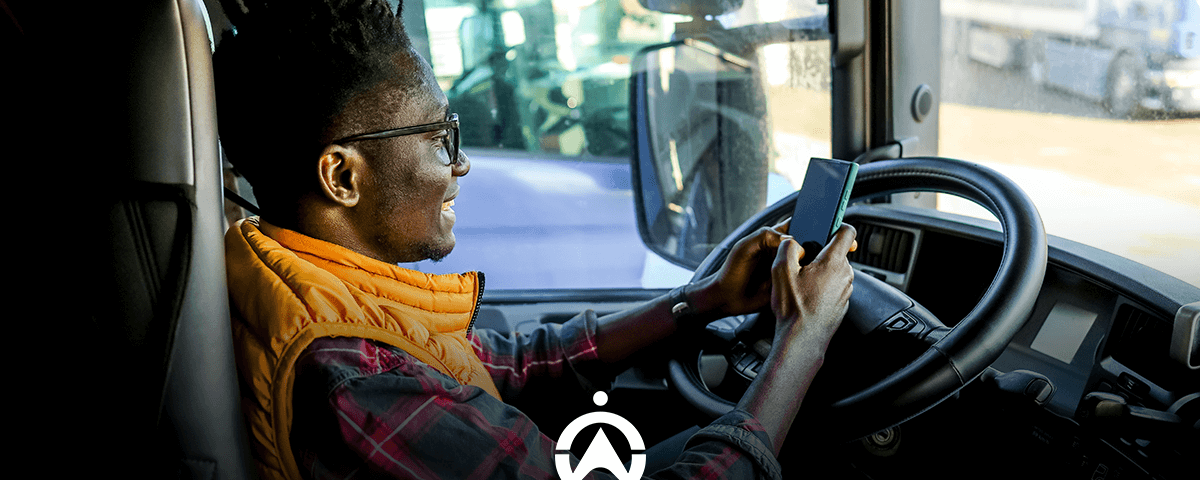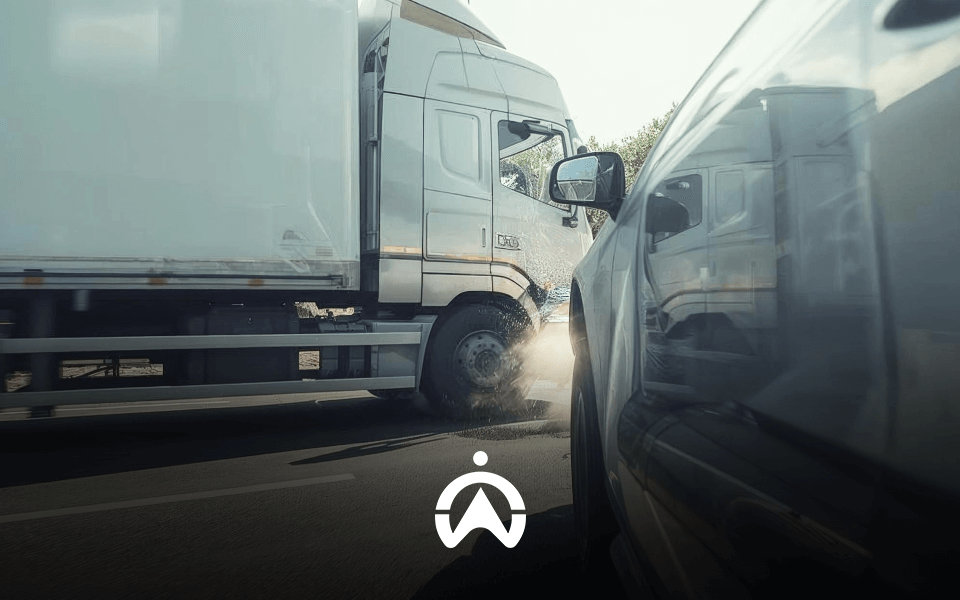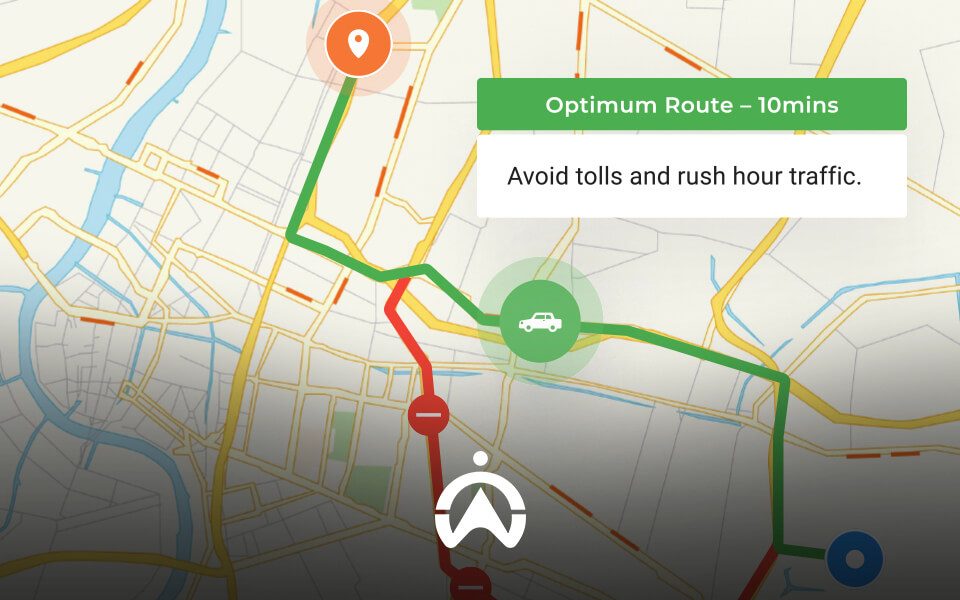Fleet Cameras: Striking the Right Balance With Driver Privacy
Drivers are the backbone of any fleet business, so it is important to keep them safe. Many businesses use driver-monitoring systems like cameras to help protect drivers. These tools offer real-time insights into driving behaviour and vehicle conditions. They can help prevent accidents and improve efficiency. It’s all about finding the right balance between monitoring and privacy because when drivers feel safe and respected, they can focus on doing their jobs well.
Fleet cameras can be used responsibly to encourage a safe environment and build trust with drivers. Let’s examine how fleet cameras work and their role in enhancing safety.
What Are Fleet Cameras?
Fleet cameras are video recording systems designed for commercial vehicles. They have more advanced features than regular dashcams. These features help keep fleets safe, improve operations, and provide valuable insights into driver behaviour and vehicle performance. Investing in these cameras improves safety and productivity, resulting in happier customers.
Benefits of Fleet Cameras
- Improved Driver Safety: Fleet cameras act as an extra eye on the road. The footage can be used as evidence in the event of an accident. This can come in handy when false claims are made against drivers.
- Increased Accountability: The driving behaviour recording makes it easier for fleet managers to hold drivers accountable and better coach them.
- Improved Fleet Management: Integrated with GPS tracking, the fleet manager can see the vehicle’s location in real-time, detect the speed at which the vehicle is going, and see how drivers behave. This helps fleet managers plan better routes, save fuel, and improve the business’s overall performance.
- Lower Costs: Reduce fuel costs, maintenance and insurance premiums through real-time driver coaching and alerts that address behaviours leading to unnecessary wear and tear.
- Better Driver Training: Fleet managers can use the recorded footage as a training tool to improve driver skills.
- Deter Criminal Activity: Fleet cameras can deter criminals, discouraging them from attempting vehicle theft or break-ins.
.png)
Best Practices for Ensuring Driver Privacy With Fleet Cameras
Whether fleet cameras benefit the overall business or the drivers, it is still important to make sure that the drivers are comfortable with their use. Cameras can sometimes make people uncomfortable, making them feel like they are constantly being watched and self-conscious. To avoid this and maintain trust, it’s advisable to follow best practices to protect driver privacy.
Here are some key strategies to guarantee driver privacy while using fleet cameras:
- Ask for Consent
Let the drivers know the purpose of fleet cameras. Explain how they will be used in your business and have drivers sign a consent agreement. Open discussions can build trust and ensure everyone is on the same page.In South Africa, employers can have security cameras in the office or property to protect their business. However, placing cameras in private areas such as the bathroom, is considered a violation of privacy. However, the employees must be notified about the intended use.
- Inform Passengers
Make use of visible signage so your passengers know they are under surveillance.
The Protection of Personal Information Act (POPIA) emphasises the importance of obtaining consent when collecting and using personal information, including audiovisual recordings and film.POPIA recognises that there may be circumstances where recording or filming without consent is necessary, such as law enforcement activities, security surveillance, or journalistic purposes. However, these exceptions must be balanced with individuals’ privacy rights, and any use of personal information without consent should be carefully justified and within the confines of the law.Even with these exceptions, customers may feel betrayed that they are being recorded without their knowledge. So, by having these signs, you are essentially building trust with them.
- Create a Privacy Policy
Have a written privacy policy that outlines how footage will be recorded, stored and used. Indicate who has access to the footage and for what purpose. This will help protect sensitive data and avoid misuse.Not having a policy in place on how this sensitive information will be handled, will pose a risk for the company. For example, the footage can be leaked to social media platforms, further violating the drivers’ privacy and potentially harming the company’s reputation.
- Limit Access
Make sure that the camera footage is used by authorised personnel only. This reduces the risk of unauthorised viewing and ensures data is handled properly. Allowing all employees of different ranks access to sensitive data, such as this footage, can lead to issues within your company, including potential bias in how employees are treated.Imagine a group of employees viewing footage that captured a colleague making a mistake while driving or exhibiting poor behaviour. Instead of using this information constructively, some employees might use it to unfairly criticize that colleague. This could foster a biased environment where individuals are judged harshly based on isolated incidents rather than supported in their professional development.Customise Camera Settings
Customise the camera settings, such as turning off audio recording during private conversations. If a driver and another employee are travelling somewhere and they are having an intimate discussion about their personal lives, they need to be afforded that privacy.
- Compliance with Regulations
See to it that the fleet camera system adheres to privacy regulations, such as the General Data Protection Regulation (GDPR). This helps defend sensitive information and ensures that data is only used for authorised purposes.
- Regularly Review Practices
Technology is always evolving, so make sure to regularly conduct assessments and update privacy practices. This will ensure that you are on par with the law.
- Training Sessions
Organise training sessions to educate drivers on how camera systems work. Address any issues and questions they may have so they’re comfortable with them. When drivers are constantly trained on these systems, they will adopt better driving habits which will minimise accidents and increase the vehicle’s longevity.
- Encourage Driver Feedback
Allow drivers to share feedback on their experiences and suggestions about the camera system. This will foster a positive work environment and lead to higher employee satisfaction and retention rates, as drivers feel valued and supported.
- Highlight Success Stories
Share scenarios with your drivers of how the camera system has helped improve safety, reduce accidents, or enhance operational efficiency.This will further enforce the benefits of these camera systems and encourage drivers to constantly strive for improvement. This will also be a great opportunity to celebrate the drivers’ efforts, contributing to positive work environment.
These best practices can ensure that your fleet camera system helps improve safety while respecting driver privacy.
.png)
How a Company Can Protect Driver Privacy with the Right Technology
Companies must ensure that in as much as they use cameras to protect the overall fleet, they must also protect the privacy of their drivers. Having policies in place will ensure that drivers do not feel violated. Furthermore, having rules and regulations surrounding the handling of this footage will let the drivers be at ease that they are protected — the footage will not be used carelessly. This will foster trust between yourself and your employees and create a harmonious working environment.
Are You Ready To Improve Your Fleet With The Best Camera Solution?
If you’re looking to keep your fleet, drivers, and cargo safe, look no further. Cartrack offers an AI-powered solution with up to 8 cameras (internally and externally), all equipped with built-in telematics.
Cartrack’s AI-powered cameras notify the driver of risky driver behaviours such as distracted driving, smoking, fatigue, or speeding. This allows drivers to correct their actions in real-time and helps create a safe driving culture reducing the risk of accidents.
Contact us today to find out how our camera system can meet your fleet’s needs!
Frequently Asked Questions About Fleet Cameras and Driver Policy
Q: How do you maintain fleet cameras?
A: Regular maintenance includes checking lenses for any damage, updating software, and reviewing footage storage. This will ensure that everything works correctly.
Q: Do fleet cameras record in poor lighting or at night?
A: Yes! Cartrack fleet cameras have night vision or infrared technology to capture clear footage in low-light areas and at night.
Q: What if a driver refuses to consent to fleet cameras?
A: If a driver refuses to consent to being recorded then the company must follow their internal policy. In many cases, however, consent is required as part of employment. The company can also consider alternative safety measures if consent is withheld.



